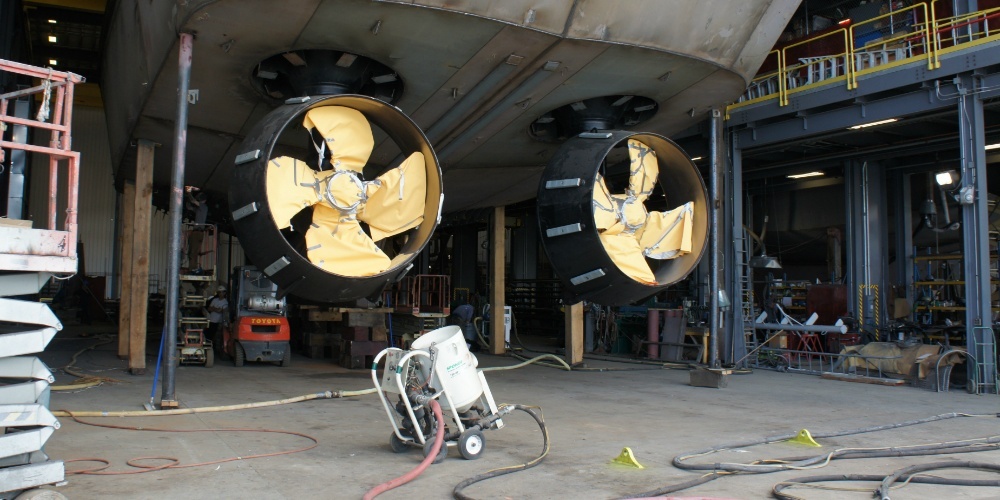How To: Exhaust Valve Diaphragm Replacement

Overview of the problem:
Each time the pressure is relieved from any abrasive blasting process, particles of abrasive are ejected with the revealing air. This abrasive comes in direct contact with the Diaphragm Gasket that seals the pressure vessel during normal operation. Once adequate erosion of this device has occurred based on abrasive contact, the Exhaust Valve Diaphragm fails to make an air retaining seal and the unit fails to start.
Symptoms of the problem:
Without warning, the machine that had started and stopped without issue previously, immediately fails to return to a pressurized state from an intended shut down. All lines are connected, there is no break or leak of air visibly or audibly detected, the machine simply fails to respond to the Deadman depression command.
Steps to fix/correct/replace:
This resolution is a single tool and less than 10 minutes of time. Never perform any maintenance or repair unless the unit is fully depressurized and isolated from its supply air source.
1. Locate the Exhaust Valve on the Feed Unit.
2. Using a 5MM Allen Wrench, loosen and remove the 6 Allen Cap Screws holding the Exhaust Valve Cover to the Exhaust Valve Body. Note the side of the Diaphragm that seats against the body of the Exhaust Valve.
3. Remove and inspect the Exhaust Valve Diaphragm from the valve and inspect it for wear or damage. If the Diaphragm seems sound reinstall it with the opposite side than originally, facing the Exhaust Valve Body. If damage or wear are evident Diaphragm replacement is recommended.
4. Reinstall the 5MM Allen Cap Screws and tighten each until just contacting the Cover of the Exhaust Valve.
5. After all of the 5MM Allen Cap Screws are in contact with the Cover, tighten the bolts fully, by hand using an opposing bolt pattern to assist in even seating of the Cover onto the Gasket.
How Common is this?



